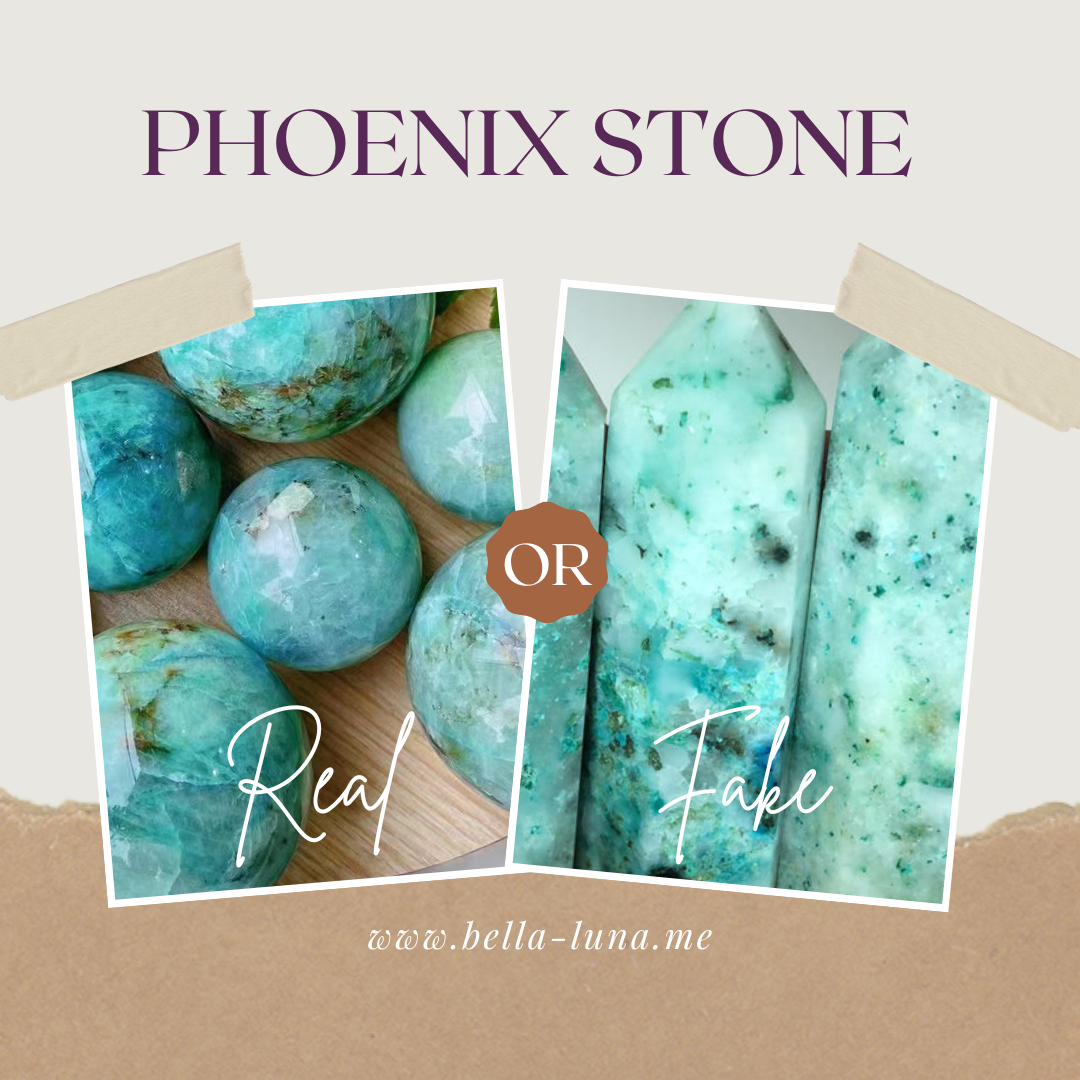
Phoenix Stone is it Real?
Share
There have been several different hypothesis on this somewhat rare stone. We first saw Phoenix Stone start to become more prominent with Chinese wholesalers in the summer of 2020. Because it was so rare and had this striking teal blue color, many began to hypothesis that it was a fake, altered or dyed specimen and avoided investing in the crystal.
Some of the hypothesis about this mineral's composition were:
1. Malachite, Chrysocolla and Quartz
2. Dyed and Fake Quartz
3. Malachite, Chrysocolla, Azurite and Quartz
4. Malachite, Chrysocolla, Azurite, Quartz, and Robin's Egg Turquoise
Some people even had mistakenly referred to it as Quantum Quattro which is not accurate as that is a trade name associated with a specimen that has Chrysocolla, Shattuckite, Smoky Quartz and Malachite.
So we purchased a specimen and had it sent to a mineral lab for testing and here are the results! (The lab's name has been removed at their request, they are a small lab and do not want to be inundated with specimen testing)

It is important to note the specimen was too small for a full comprehensive test to be 100% sure, but we are able to get pretty close to identification.
We do know it is a REAL specimen! It is not fake and it is not dyed. The results show that it has marking that are congruent with Malachite and Chrysocolla and the base of the mineral was quartz. What was interesting is they also found spots that might be meneghinite or bournonite.
Lastly they noted that the specimen most likely came from a hydrothermal quartz vein. Hydrothermal mineral veins are veins where hot water acts as the concentrating, transporting and depositing agent.





